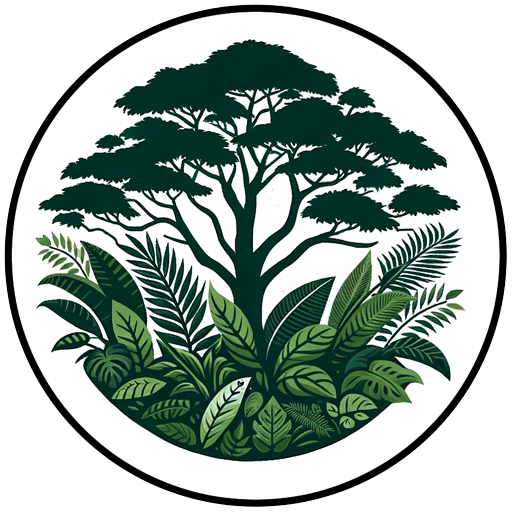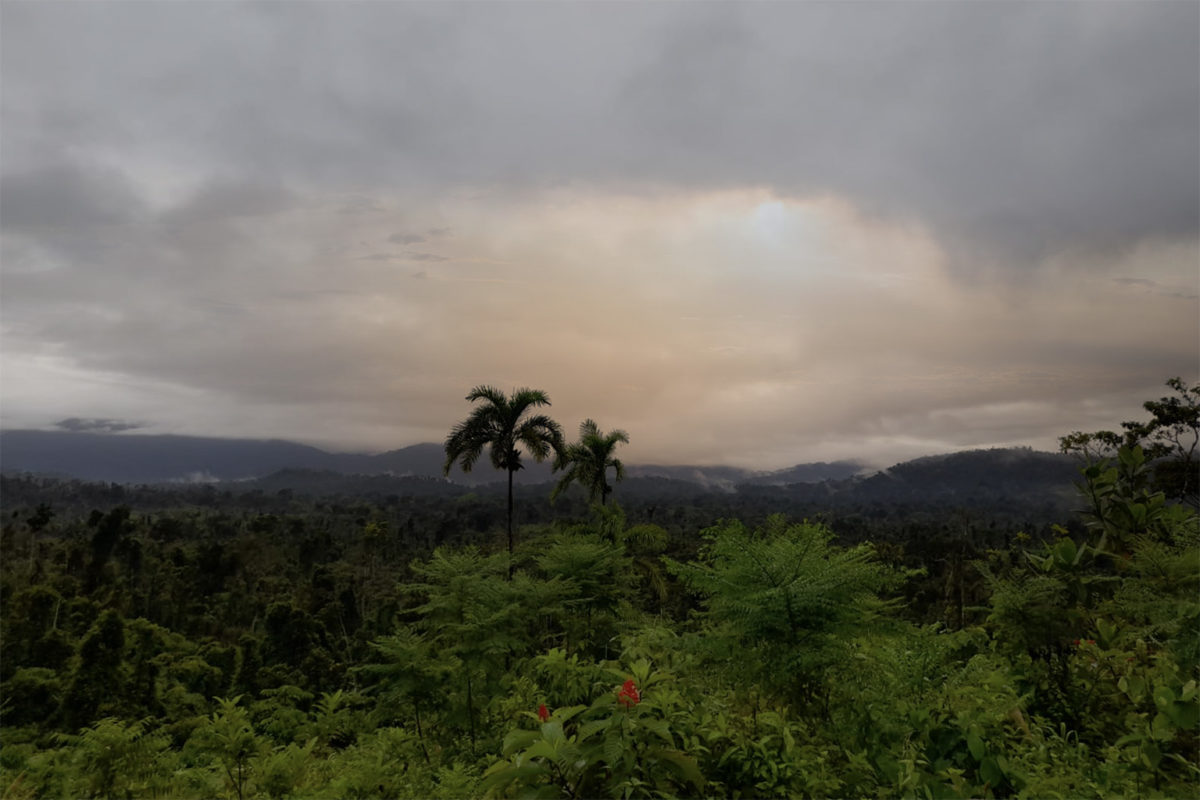COVID-19 has devastated communities around the world, but for some Indigenous groups, the pandemic posed an existential threat.
Few people are better placed to speak to the impact COVID is having on Indigenous communities than Myrna Cunningham, a Miskitu physician from the Wangki river region of Nicaragua who has spent 50 years advocating for the rights of women and Indigenous peoples at local, regional, national, and international levels.
“For Indigenous peoples, the arrival of the virus, in addition to putting people at risk, presented the possibility that entire cultures could disappear,” Cunningham told Mongabay. “For Indigenous peoples with few members, the situation still endangers their existence as a collective, as a culture, as a people.”
“We are all in a situation of extreme vulnerability.”

Cunningham, who was hospitalized with COVID and is still recovering, says that COVID has compounded the myriad challenges many Indigenous communities face.
“For a lot of peoples and communities, on top of the inequality they face to access health care systems, they’ve also suffered, and still suffer, the impacts of measures adopted by states to tackle the health crisis,” she said. “We have seen cases of communities who live from selling their crops and losing everything if they can’t go out to sell.”
“The main problems we’ve seen are the limited access to health care services; the increase in the workload for women as they care for their families; the lack of food; the impact on crop production and trade; loss of jobs; impacts on children and young people due to schools closing and the technological gap that prevents them from studying remotely; and the increase of domestic violence. In many of our communities, COVID-19 interlocked with other diseases such as malaria and dengue. A serious problem was the increase in racist actions and in pressures on Indigenous territories for extractive activities and other uses. This increased the violence against Indigenous leaders. In countries such as Colombia and Brazil, the situation has been getting worse.”

Cunningham’s approach to helping Indigenous communities confront COVID involves the same strategies that she’s taken throughout her career, whether that’s been as the first First Miskito doctor in Nicaragua or serving as the Chairperson of the United Nations Permanent Forum on Indigenous Issues: strengthening the resilience, autonomy, and rights of Indigenous peoples. Her approach is multifaceted, ranging from securing land tenure for traditional lands to promoting legal reform to helping increase representation of women and Indigenous peoples in leadership positions at institutions that govern, determine policy, and allocate resources.
While there is still much progress to be made, Cunningham says she has seen many positive changes over the course of her career when it comes to Indigenous rights.
“It’s been 40 years of a lot of work, working like ants: Opening spaces, defending them, formulating proposals, negotiating them, monitoring compliance, reporting noncompliance. But more than anything it’s been the years in which Indigenous peoples have built global, regional and national movements in many countries,” she said. “Today we have international mechanisms and instruments in the U.N. that allow us to keep moving forward, especially the U.N. Declaration on the Rights of Indigenous Peoples and the Permanent Forum, among others. Today we are present in important global negotiations about climate change, biodiversity, food systems and climate financing.”
“The contributions of Indigenous peoples are now recognized in these processes and discussions. There’s still a lot to do to guarantee full, effective, respectful and dignified participation, but we are at the tables arguing, contributing, demanding, monitoring. And we are both women and men.”
When it comes to the conservation sector specifically, Cunningham says recognition of Indigenous peoples’ contributions toward maintaining healthy and productive ecosystems is growing, but colonial attitudes toward local peoples remain pervasive.

“There is evidence that strong land rights play a role where there are low deforestation and forest degradation rates in Indigenous territories,” she told Mongabay. “Little by little, the voices of Indigenous peoples and these studies that show evidence are placing these points in the global agenda.”
“To expand these achievements, however, we need to move from speech to action. The indispensable requirement for dismantling the colonizing approach that has been used in the conservation of biodiversity is to fully recognize the rights of Indigenous peoples. Any measure must be planned and implemented with Indigenous peoples as full partners.”
Cunningham spoke of these issues and many more during a recent interview with Mongabay.

